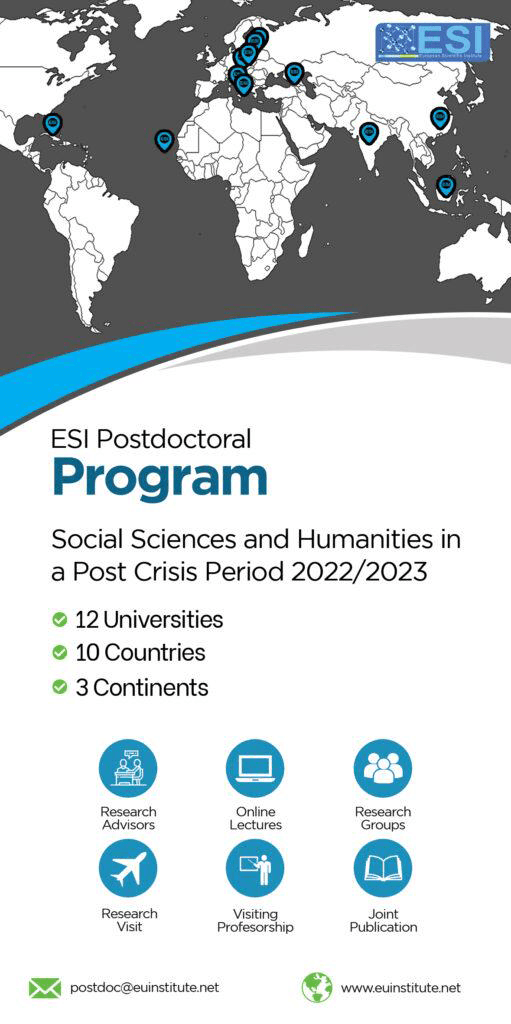Turismo Rural Comunitario, Una Alternativa Para El Desarrollo De Los Territorios Rurales Estudio De Caso: Guasuntos, Ecuador
Abstract
Ecuador is a country with a vast amount of natural and cultural heritage. The diversity of its four regions has allowed the presence of several species of flora and fauna. Most of its fauna and flora is present at 26 protected natural areas. Also, it offers historical attractions, gastronomy, and a variety of cultures and traditions. In all these aspects, Ecuador has developed several modalities of tourism, as the community based tourism, which is considered as a strategy for development. It is also considered as an object of investigation which includes three fundamental perspectives: special sensitivity to the natural environment and cultural particularities, integral sustainability (social and natural), and effective control of tourism by communities. Community tourism contributes to the country’s brand at international level, being an element of growing interest in touristic market. The Guasuntos community has natural and cultural resources, which has allowed the incursion in this tourism modality. This, however, was possible through the creation of a product according to the needs of unsatisfied demand. A survey was applied to the local tourists who visited Alausí and Chunchi cantons. Also, the market analysis of the survey was carried out, and the potential demand and competition were projected. This helps to ascertain the unsatisfied demand in order to identify the needs of the national tourists. This study was developed as a contribution to the design of a touristic product with the aim of improving the population life quality.Downloads
Download data is not yet available.
Metrics
Metrics Loading ...
PlumX Statistics
Published
2017-06-30
How to Cite
Vintimilla, M. C. Z., Santamaría, G. E. R., Romero, G. N. F., Báez, L. A. Q., & Vizuete, D. D. C. (2017). Turismo Rural Comunitario, Una Alternativa Para El Desarrollo De Los Territorios Rurales Estudio De Caso: Guasuntos, Ecuador. European Scientific Journal, ESJ, 13(17), 40. https://doi.org/10.19044/esj.2017.v13n17p40
Section
Articles







